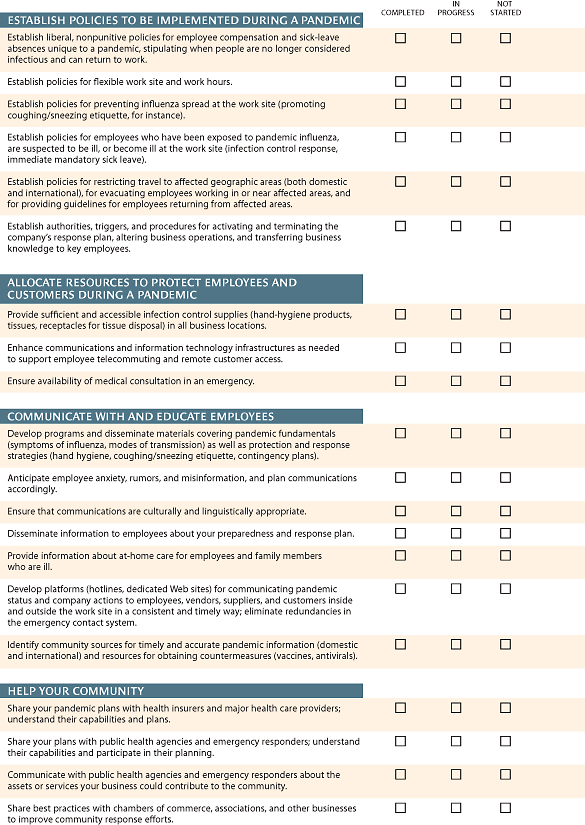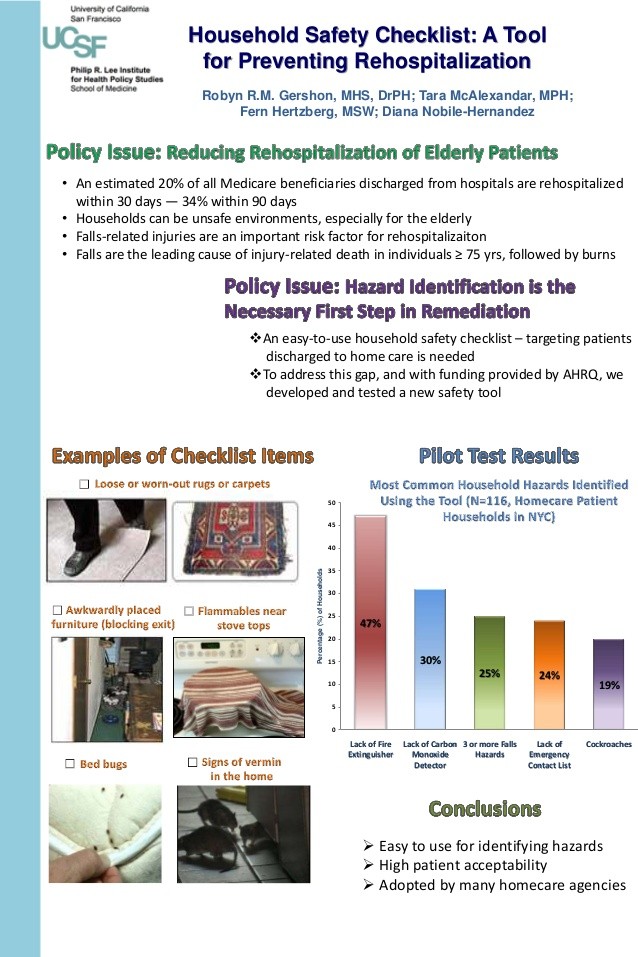Economic Recovery Checklist – II
Post on: 16 Март, 2015 No Comment

Economic Recovery Checklist – II
In this economic recovery checklist, the discussion centers around the message from the yield curve. The Federal Reserve Bank of New York has compiled data and articles pertaining to the yield curve as a leading indicator (Yield Curve as a Leading Indicator — Federal Reserve Bank of New York). The website is exhaustive and covers a wide array of questions. The objective here is to compare two spreads: (1) The difference between the 10-year Treasury note yield and the federal funds rate and (2) the spread between the 10-year Treasury note yield and the 3-month Treasury rate as leading indicators. The former is one of the components of the Conference Board’s Index of Leading Indicators and the latter is another widely used yield spread in studies cited in the New York Fed’s website. Both yield spreads are successful leading indicators with minor but noteworthy differences. Charts 1 and 2 show the two spreads from August 1954 to February 2009.
The leading indicator properties of these spreads are useful in predicting both recessions and recoveries. Historically, both interest rate spreads have forewarned prior to each recession since 1955. The spread between the 10-year Treasury note yield and the federal funds rate gave two false signals – 1967 and 1998. In 1967, the economy slowed significantly but was not in an official recession. The LTCM crisis explains the 1998 compression of interest spread. The spread between the 10-year Treasury note yield and the 3-month Treasury rate predicted every recession since 1950 with only one false signal in 1967.
We can look at these interest rate spreads to predict the onset of economic recovery also. Since 1957 recession, both interest rate spreads have turned positive or risen from cycle lows prior to an economic recovery. The interest rate spread based on the 3-month Treasury bill rate spread has been a slightly earlier predictor of an economic recovery compared with the federal funds rate spread (see table1). The number in parentheses is the number of months before a recovery that the spread has turned positive. In the 1957 and 1960 recessions, both interest rate spreads did not invert or turn negative but held positive at very low levels (see charts 3 and 4).
Charts 3-10 are shorter period snap shots of these two interest rate spreads just prior to the onset of a recession and a few months after. The shaded regions in all charts denote periods of recession.
What may upset the predictive power of these interest rate spreads? Currently, the 10-year Treasury note yield to some extent reflects the anticipated increase in supply in light of the large federal budget deficit. At the same time, the market already has/will soon take into consideration the bullish economic impact of the fiscal stimulus package. In addition, the demand for U.S. Treasury securities is partly driven by the safe haven status which may be suppressing a part of the bearish elements the bond market would incorporate to signal impending economic growth. Essentially, the special factors of the current crisis may be slightly masking the true message from interest rate spreads. Financial market participants will need to filter out these noises by incorporating signals from other leading indicators to complete the picture. As mentioned in the first installment of the recovery checklist, these are exploratory commentaries which will be updated when new insights and information become available.

The main conclusion is that the yield curve is a reliable predictor of turning points of a business cycle. Among the two spreads discussed here, it is a close tie for the number one spot. The interest rate spread between the 3-month Treasury bill rate and 10-year Treasury note yield is better in terms of the lead time. However, there is no precise pattern that can be discerned from this analysis. Historically data for recessions prior to the post-war period would be more useful because the current crisis stems from a severe credit crunch unlike prior recessions of the post-war period which occurred because the Fed tightened monetary policy to slow the pace of economic activity.
Charts 3-10 are shorter period snap shots of these two interest rate spreads just prior to the onset of a recession and a few months after. The shaded regions in all charts denote periods of recession.
What may upset the predictive power of these interest rate spreads? Currently, the 10-year Treasury note yield to some extent reflects the anticipated increase in supply in light of the large federal budget deficit. At the same time, the market already has/will soon take into consideration the bullish economic impact of the fiscal stimulus package. In addition, the demand for U.S. Treasury securities is partly driven by the safe haven status which may be suppressing a part of the bearish elements the bond market would incorporate to signal impending economic growth. Essentially, the special factors of the current crisis may be slightly masking the true message from interest rate spreads. Financial market participants will need to filter out these noises by incorporating signals from other leading indicators to complete the picture. As mentioned in the first installment of the recovery checklist, these are exploratory commentaries which will be updated when new insights and information become available.
The main conclusion is that the yield curve is a reliable predictor of turning points of a business cycle. Among the two spreads discussed here, it is a close tie for the number one spot. The interest rate spread between the 3-month Treasury bill rate and 10-year Treasury note yield is better in terms of the lead time. However, there is no precise pattern that can be discerned from this analysis. Historically data for recessions prior to the post-war period would be more useful because the current crisis stems from a severe credit crunch unlike prior recessions of the post-war period which occurred because the Fed tightened monetary policy to slow the pace of economic activity.














